If you are a beginner and would like to learn acrylic paintingthis article is for you.
Indeed, it’s important to master and understand color chords so that you can make superb paintings.
Here’s an essential step: learn how to mix colors and paints.
Why mix paint?
Of course! I can already hear you saying, “My fine art supplier has all the colors I want and I don’t need to bother mixing them!
Let me show you that you’re wrong and that learning to make your own paint mixes is full of advantages:
- Mixing paint allows you to understand the associations and harmonies between different shades.
- Learning how to mix paint also means you don’t have to squander your budget on dozens of tubes of different shades.
- Save space in your workshop!
- Save money: The paints required are generally less expensive.
- Gives you the opportunity to create a very precise shade that perfectly matches your needs.
- And to conclude: It’s cool to mix! 🙂
The color wheel
To understand the different shades and to easily make your own mixtures, I recommend using a color wheel. Here I present the Johannes Ittens color wheel.
Personally, I find this color wheel very easy to understand and perfect for mixing acrylic and oil paints.

The different color ranges
Primary colors
In this central triangle, here are the three primary colors.
Secondary colors
Presented around the primary colors, they are the result of mixing two primary colors.
Tertiary colors
They are the result of mixing a primary color with a secondary color.
Color list and color mixing
Primary colors
A primary color is a color that cannot be created by mixing other colors.
In acrylic paint, the three primary colors are :
- Magenta (A red tending towards pink)
- Primary yellow
- Cyan (This is a rather light blue)
By mixing the primary colors, you can obtain all the other colors.
If you mix the three colors together, you get black.
This is called subtractive synthesis.

Secondary colors
Secondary colors are obtained by mixing two primary colors:
Here are the different mixtures required to obtain a secondary color:
- Mixing Yellow and Cyan produces Green
- Mixing Yellow and Magenta produces Orange
- Mixing Cyan and Magenta produces Violet
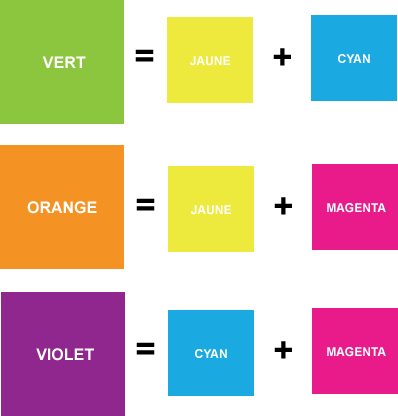
Tertiary colors
They are the result of mixing a primary primary color with a secondary color.
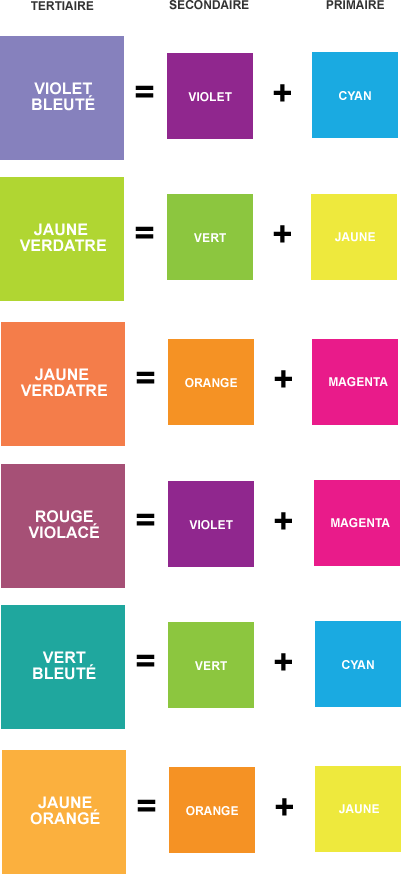
Colors: Harmonies, blends and manipulations
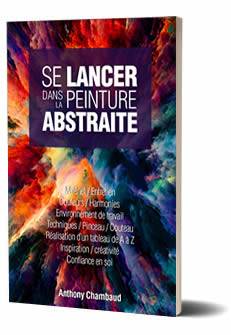
If you want to go further and learn how to choose the right colors, mix and match to create harmonies that work in all circumstances.
I recommend that you discover my digital book “Getting started with abstract painting”. (click here to find out more)
To conclude
I hope this article on mixing paints has helped you understand the basics of mixing acrylic paints and has definitely motivated you to try them out! I’d love to hear from you! Thank you very much.
Pack offert : Techniques, matériel & guide
Pour vous lancer dans la peinture abstraite dans de bonnes conditions, je vous offre ce pack comprenant mon guide du matériel, un cours de peinture abstraite et une avalanche de conseils !
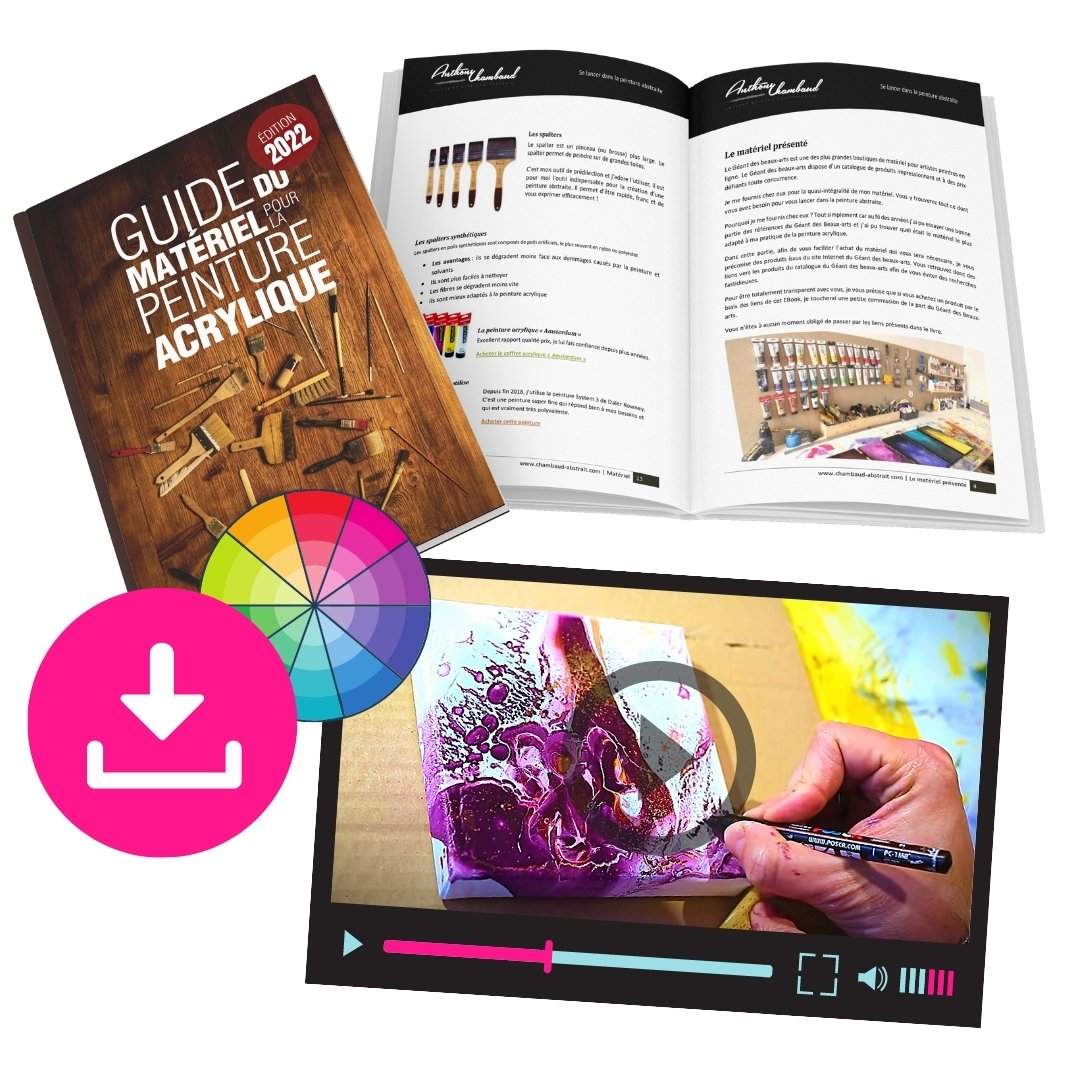
Continuer et télécharger

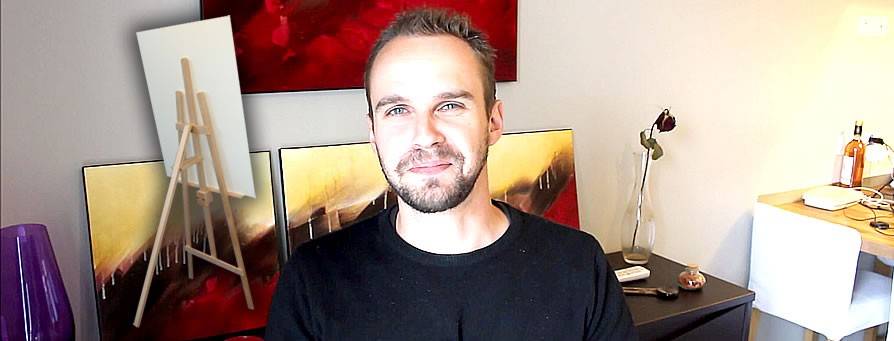







 Recevez votre Pack du peintre débutant
Recevez votre Pack du peintre débutant